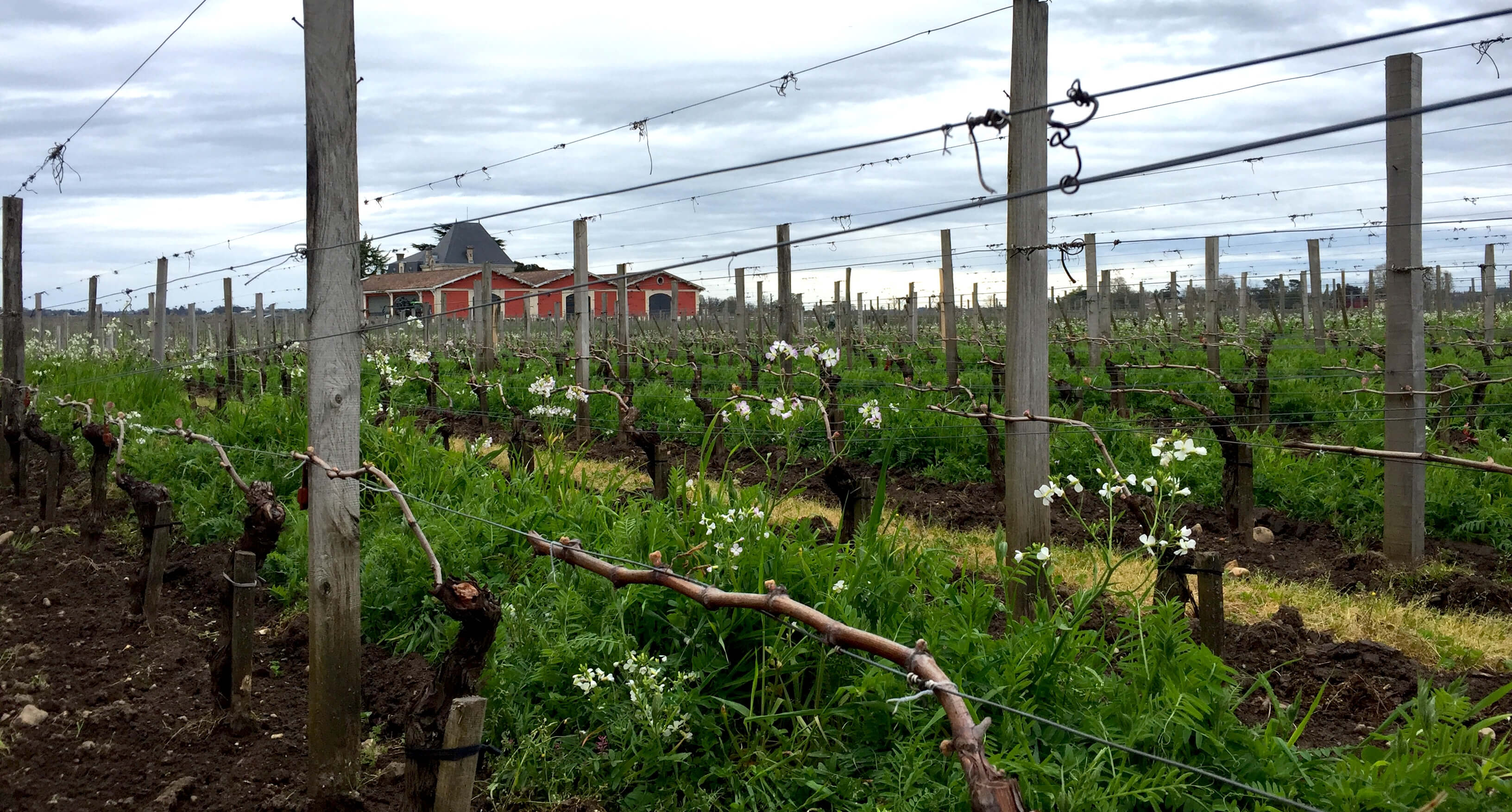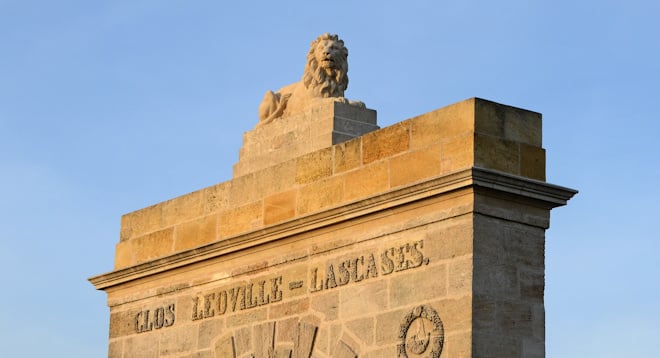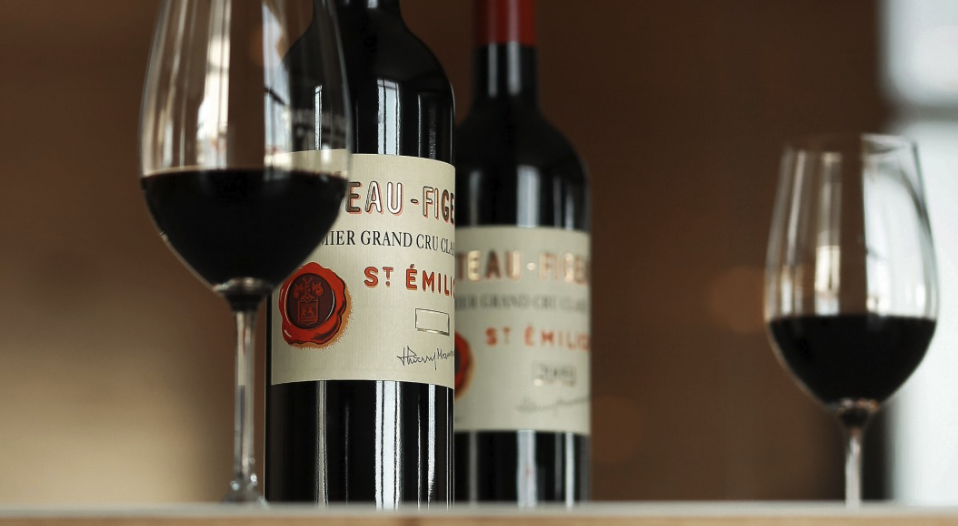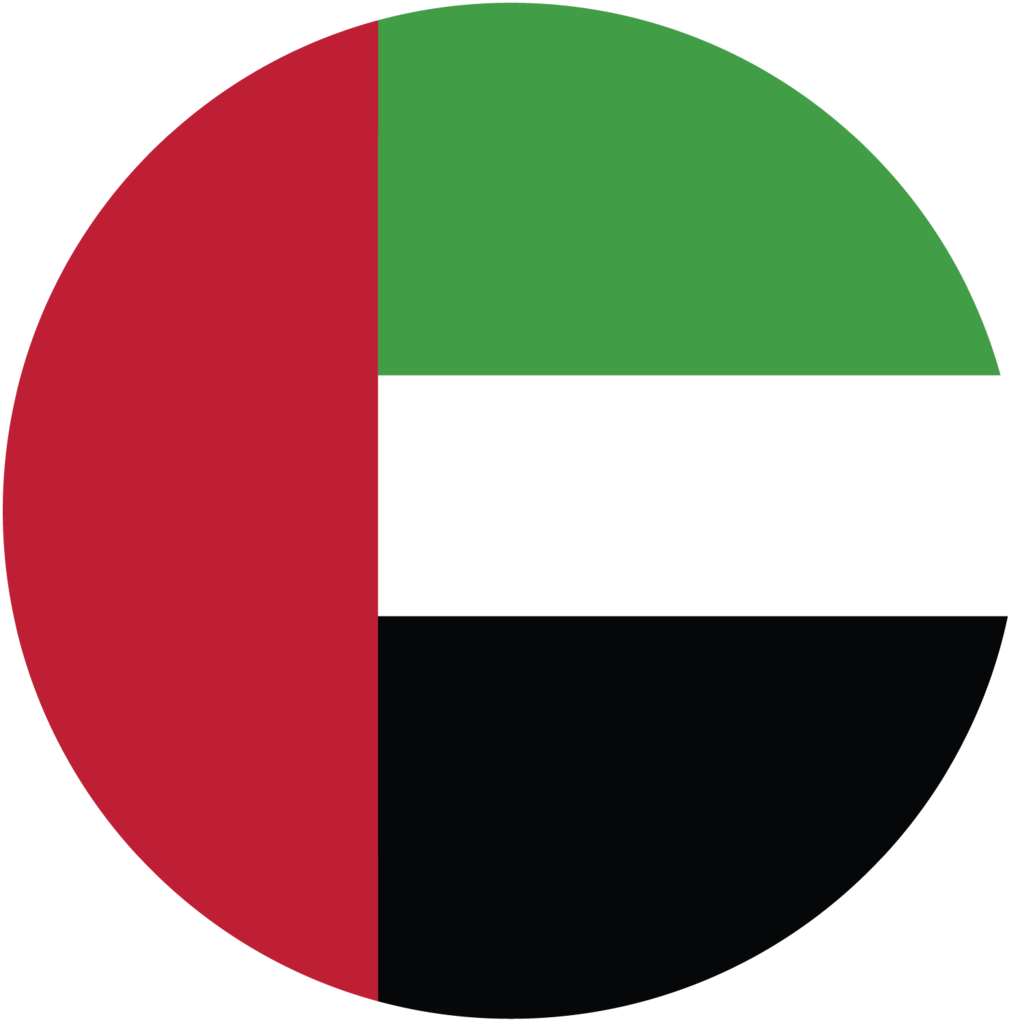

The last few years in Bordeaux we have seen a number of trends emerging, some encouraging, some less so and some outright worrying. Of course the seemingly relentless price increases regardless of reasoning (small vintage + price increase, strong vintage = price increase, medium vintage = price increase) is the prime concern as it is difficult to imagine such pricing will be sustainable for the long term.
Additionally, uncertainty in the current economic climate has the potential to threaten the global supply chain (in wine and beyond) as a whole. But, and there is always a but, it is important never to lose focus on what matters the most. That is, of course the quality and the character of the wine. As ever we will be going to the Gironde this year to assess the quality of the vintage and report back on individual wines but it’s worth discussing what we know about the growing season to anticipate what we can expect of the 2019s.
One of our most trusted sources for information coming out of Bordeaux is of course Jane Anson. Writing for Decanter, she has summed up the outlook for the 2019 vintage as one of general balance and middle of the road conditions, which of course gave the winemakers all they needed to make great wine. Free from the late Spring frost that proved nearly catastrophic in 2017 or the mildew that put pressure on biodynamic properties in 2018, 2019 passed more or less without incident in terms of viticultural hazards.
_
“Free from the late Spring frost in 2017 or the mildew in 2018, 2019 passed more or less without incident in terms of viticultural hazards.”
_
A heatwave in June culminating in a 40°C+ day in July offered growers the closest approach to a genuine stretch of difficulty as the vines came close to hydric stress. Heavy rains at the end of July however came to the rescue, while moderate rainfall through August ensured that the vines carried on through to harvest with good vigour and high quality fruit.
Gavin Quinney, writing for JancisRobinson.com has described the resulting alcohol levels as more or less in line with a dry, fairly hot vintage, generally between 13 and 14% for the Cabernets and 14-14.5% for the Merlot. Volumes are close to average if a bit down on the past decade’s trend, but quantities are up from 2017 and down from 2016, remaining in line with 2018.
Jane Anson described the tank samples she’d tasted as promising, with early indicators showing “high sugar content mixed with high acidities, lots of tannins and good deep colours” as well as “excellent aromatics.” She does suggest that the fruit profile is not quite as seductive as it had been for the 2018s at this stage but given the often over-the-top style of the 2018s, especially on the Right Bank, that is no bad thing and indeed for those who are tired of blustery Bordeaux, 2019 may prove to be a better, more enjoyable vintage.
_
“For those who are tired of blustery Bordeaux, 2019 may prove to be a better, more enjoyable vintage.”
_
We can discuss economic conditions geopolitical factors until the cows come home but that’s not what a wine merchant is for. At its heart this is all about the juice and En Primeur is (or should be) about getting the wine that we want. Given the information we have to hand about the 2019 vintage, it seems that this could be a very compelling year to get stuck in with Primeurs.
We will keep you posted on our favourite Chateaux as well as the appellations and trends to look out for when we get our feet on the ground next month. Hopefully we will be reaffirming our positive outlook on the quality of the wines and any non-vinous distractions are kept to a minimum!






















